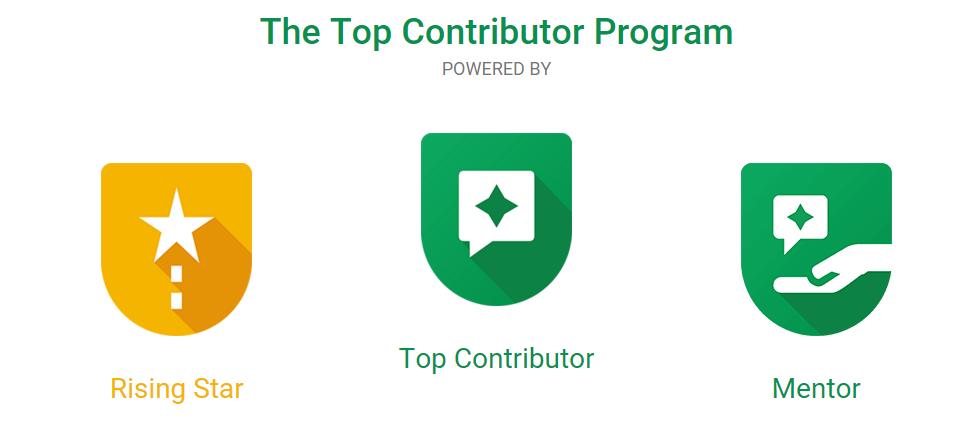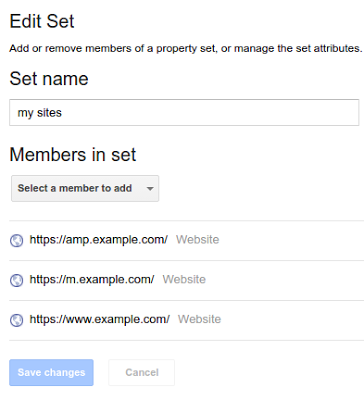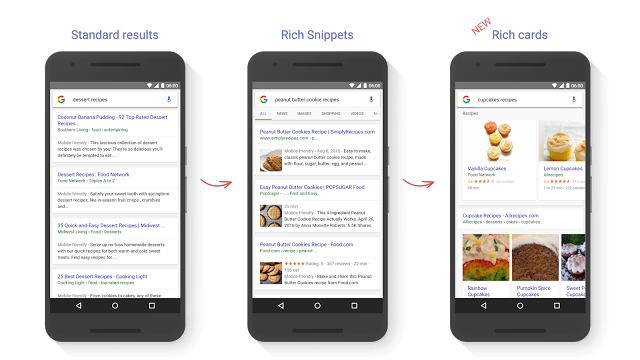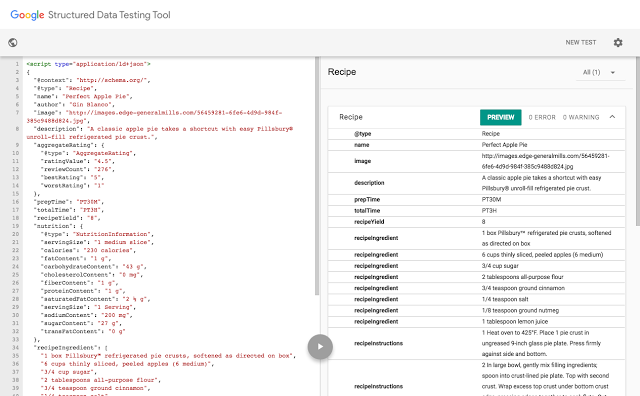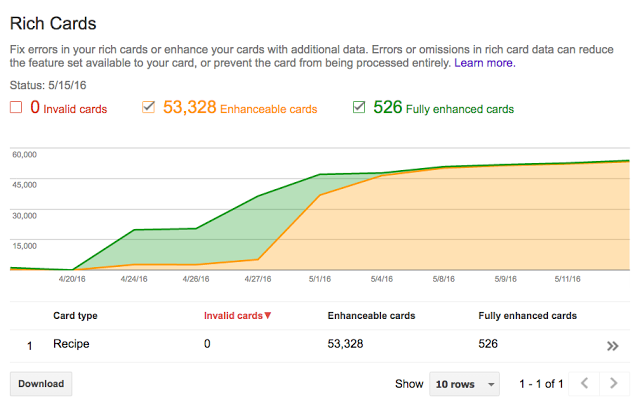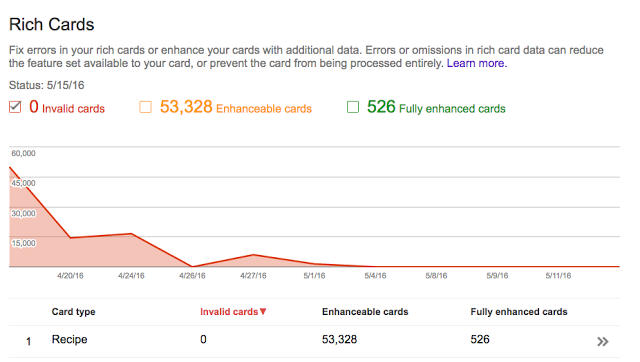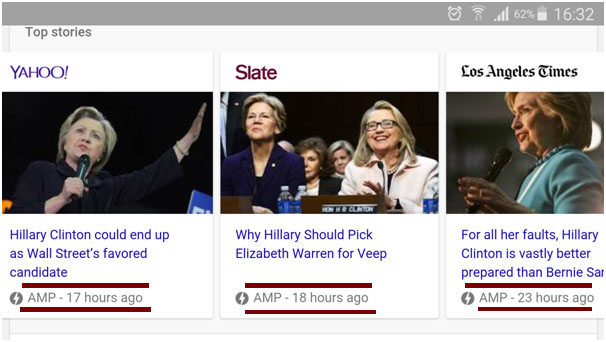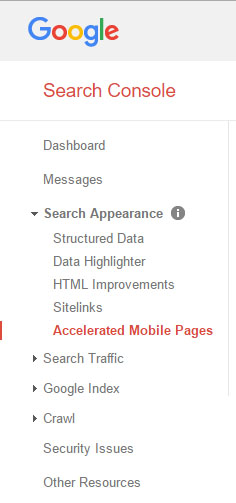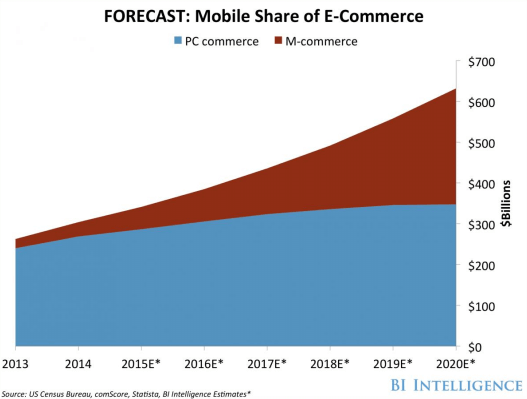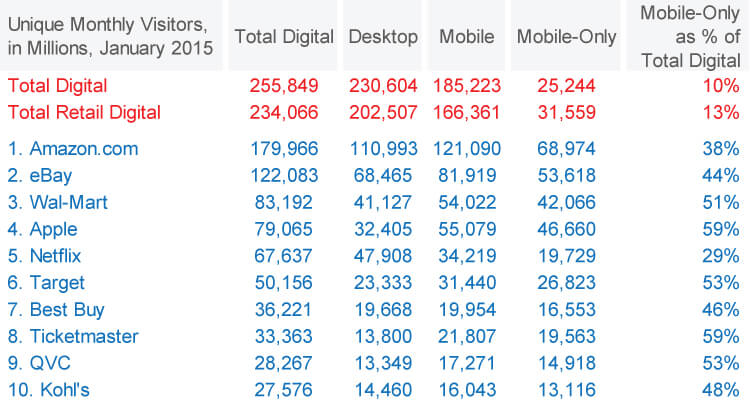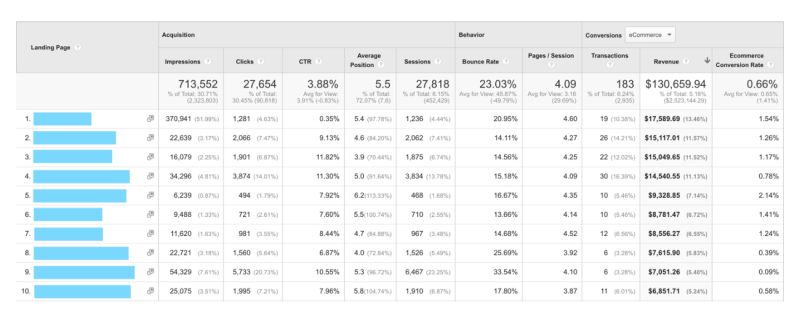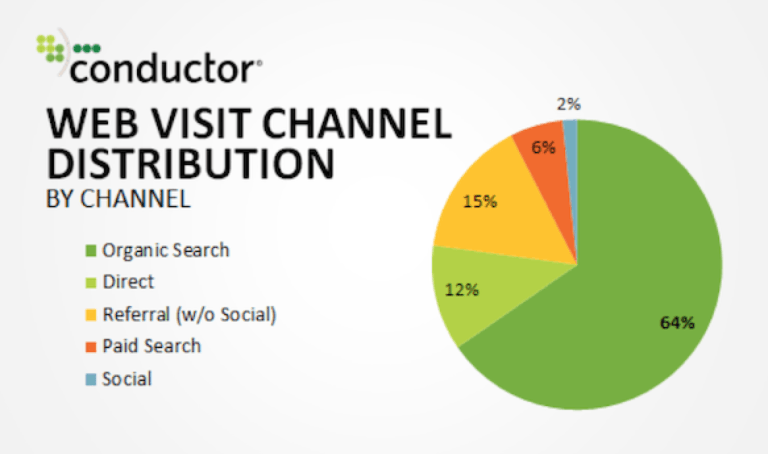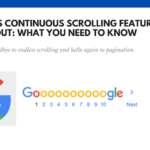The Top Contributor Program is a group of Google product enthusiasts who earned the distinction of Top Contributor or Rising Star by sharing their knowledge in Google Help Forums and Help on Social.
Google says last year, Top Contributors helped more than 55 million people with 30 different Google products, answering questions and providing tips. The super users in the Top Contributor program come from 60+ different countries. Google asked a few Top Contributors to share a bit about themselves and they shared as follows:
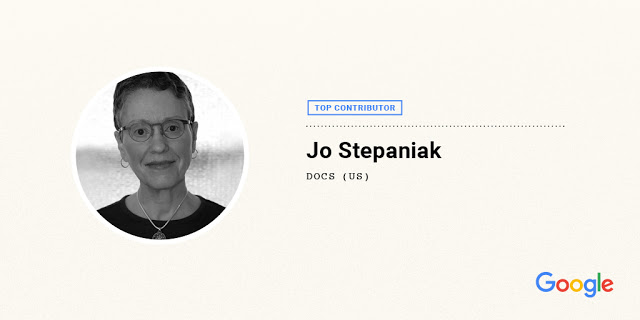
Jo says: As a writer, editor, and all-around book enthusiast, I spend a lot of time using word-processing programs. I first discovered Google Docs when I saw a Chromebook ad on TV. I was intrigued by the idea of working in the cloud and not needing an external hard drive to backup my work.
Read More On: https://googleblog.blogspot.in/2016/05/passionate-google-users-helping-others.html
Kojo says: I grew up in a small town in the central region of Ghana, the oldest of five children—which meant I learned how to work hard. Being the oldest meant I had to set a positive example for my siblings and cousins. I graduated with a bachelor’s degree in chemistry with honors from Kwame Nkrumah University of Science and Technology, where I’m now a teaching and research assistant.
Read More On: https://googleblog.blogspot.in/2016/05/passionate-google-users-helping-others.html
If you enjoy helping others and want to get involved with the Top Contributor Program start participating in a Google Product Forum or on social media, and let Google know you’re interested. Once you’re helping people on a regular basis, you may be invited to become a Rising Star, the first level in the Top Contributor program.
What Top Contributors gain when they use their Google product knowledge to help others:
